create an eco-friendly garden
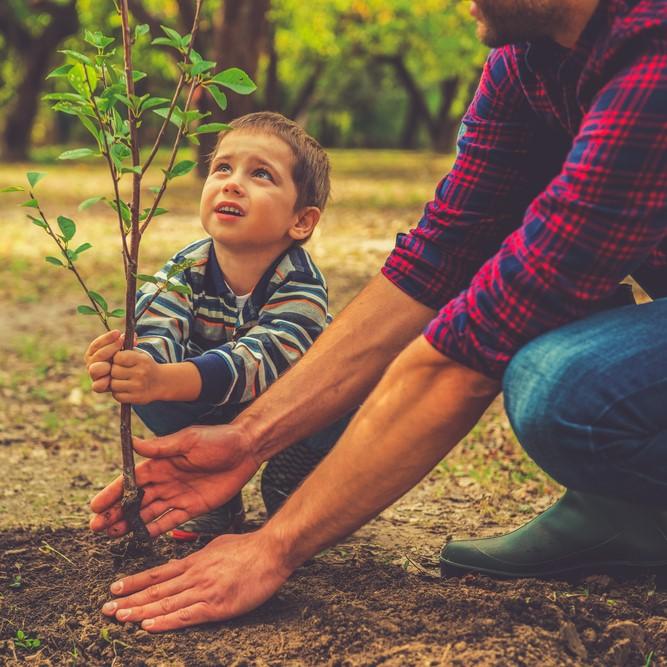
Plant a tree
A tree is our most powerful ally we have in the fight against global warming and climate change! As trees grow the leaves absorb carbon dioxide from the atmosphere. The damaging carbon is then stored in the soil below and the oxygen released back into the atmosphere. If every gardener in the UK, and that’s over 30 million of us, planted a tree and lovingly cared for it until it reached maturity, this would have a positive effect on climate change
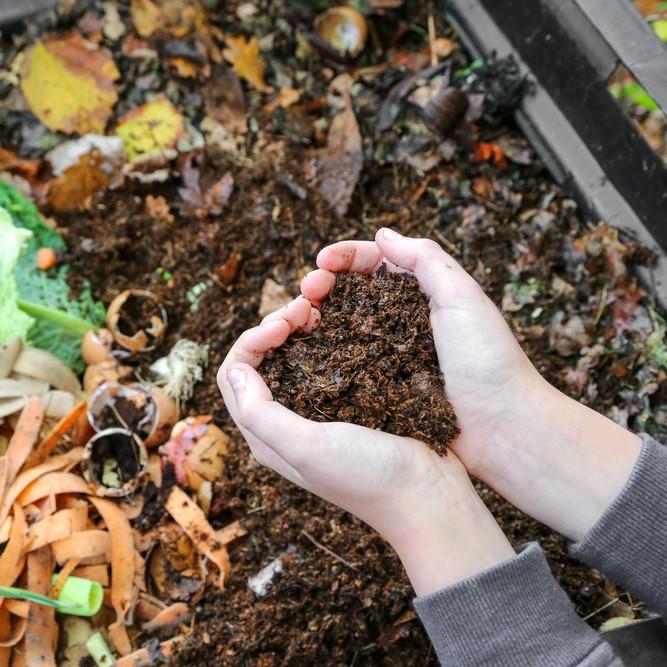
Use alternatives to peat compost
Peat alternatives are readily available and provide an excellent alternative to traditional peat based composts. But why should we use less peat? Peat absorbs carbon dioxide from our atmosphere and then stores the carbon and it is so incredibly effective, it stores more than all the worlds forests combined! When peat is extracted to use for compost, carbon is released into our atmosphere and important habitats for plants and animals are also destroyed. So keeping the peat in the bogs, and not in bags, is a critical part of the strategy against climate change!
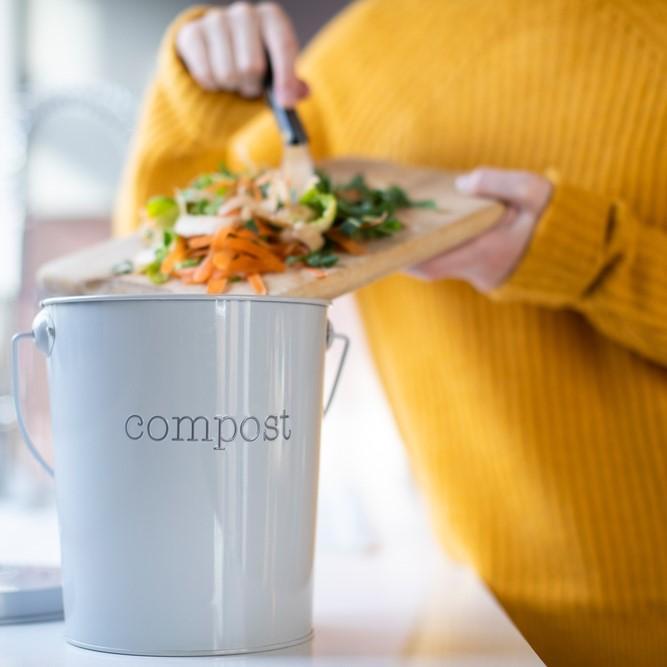
Make your own compost
It’s better for the environment and your wallet! Homemade compost is eco friendly and reduces the amount of waste going into landfill. It is also organic, full of nutrients and limits the need for chemicals in your garden. Not only that, it costs nothing to make, so it is a fabulous way to save money!
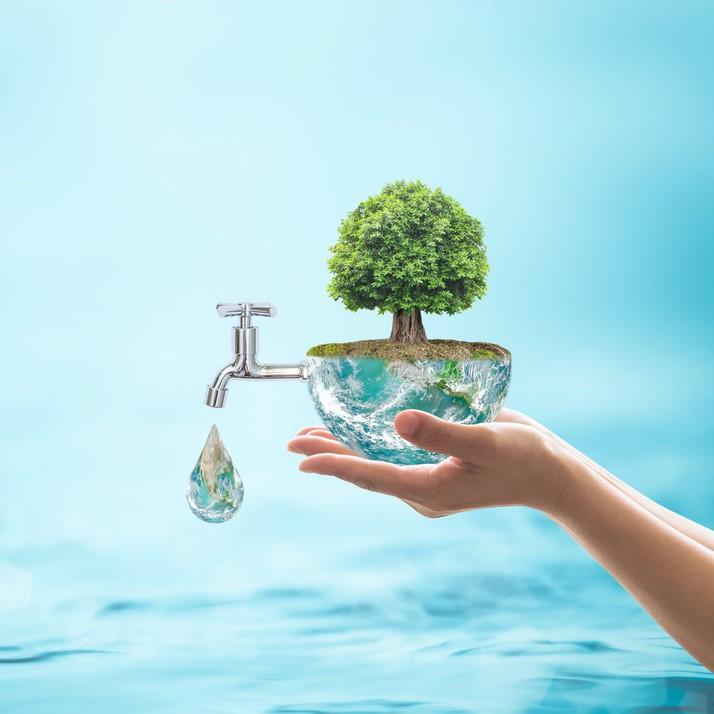
Conserve and use less water
We need to think about this because there is a limited amount of freshwater in the UK and demand for water is set to increase further. Using a water butt to collect rain from your roof, instead of using the tap and using a watering can, instead of a hosepipe, are quick wins for an eco friendly gardener. Other tips include mulching around plants with bark to prevent evaporation of water from the soil and watering plants less frequently. When you do water give them a good soak and this will encourage deep root systems and a stronger plant.
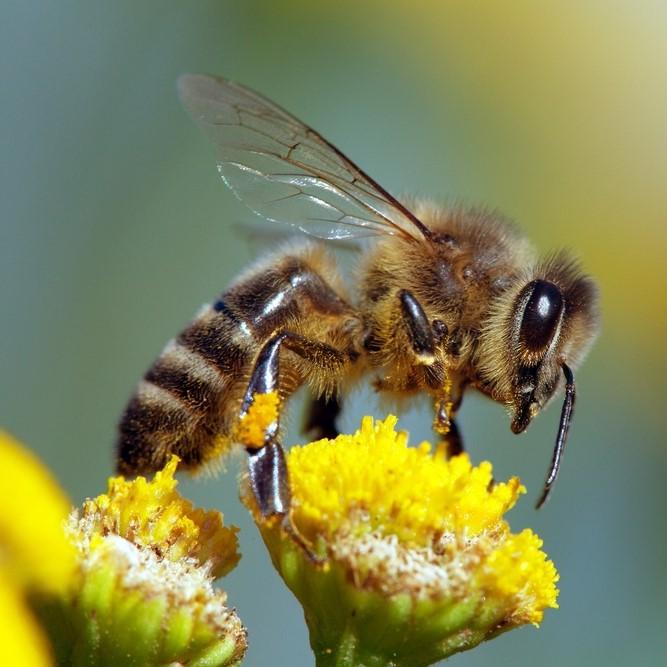
Plant to feed pollinators
Loss of suitable habitats for our birds, bees, butterflies and other insects is one of the main reasons we are seeing a decline in visits to our gardens. To help slow this decline it’s important we grow a diverse range of plants including native species. This will also encourage a wide range of insects to return to your garden and will give all year round food to our insects and birds.
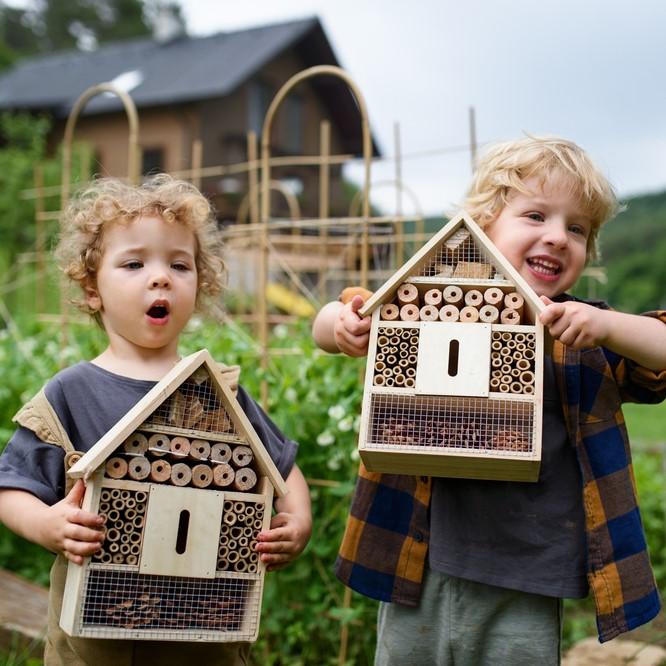
Build and create homes for wildlife
Due to climate change, pesticides and loss of habitat a quarter of our butterfly species and a third of our bubble bee species are at risk of disappearing. It is great to share your garden with bugs, bee’s, birds and butterflies so why not give wildlife a helping hand by building them a home. A bee hotel is the perfect site for solitary bees or why not build a pond or a water feature, which will attract insects and frogs. A pile of wood, which has been left, to rot down is the perfect home to attract bugs and you may even find a hibernating hedgehog taking a cost nap!
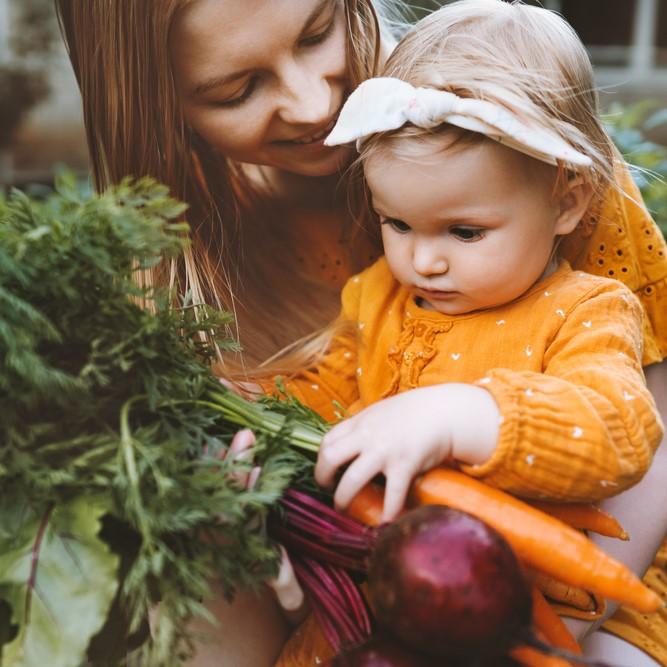
Grow your own fruit and vegetables
Eating your own homegrown produce is not only delicious, it allows you the choice to be organic and reduce chemicals such as pesticides, so better for you and the environment. Plus you know where your food has come from!
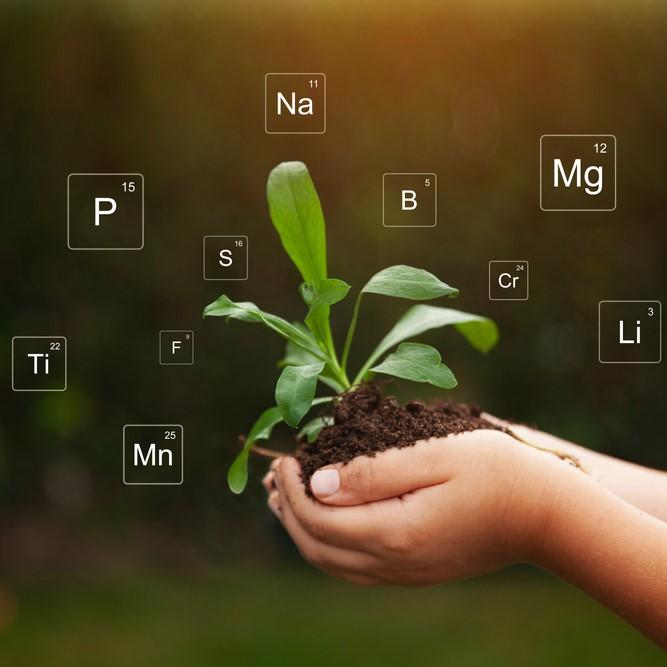
Switch from chemical based products to nature friendly alternatives
Using greener, cleaner organic alternatives to traditional chemicals such as pesticides is a more nature friendly and kinder way of gardening. A natural environment encourages wildlife to thrive and reduces the level of chemicals in our soil, plants and our food.
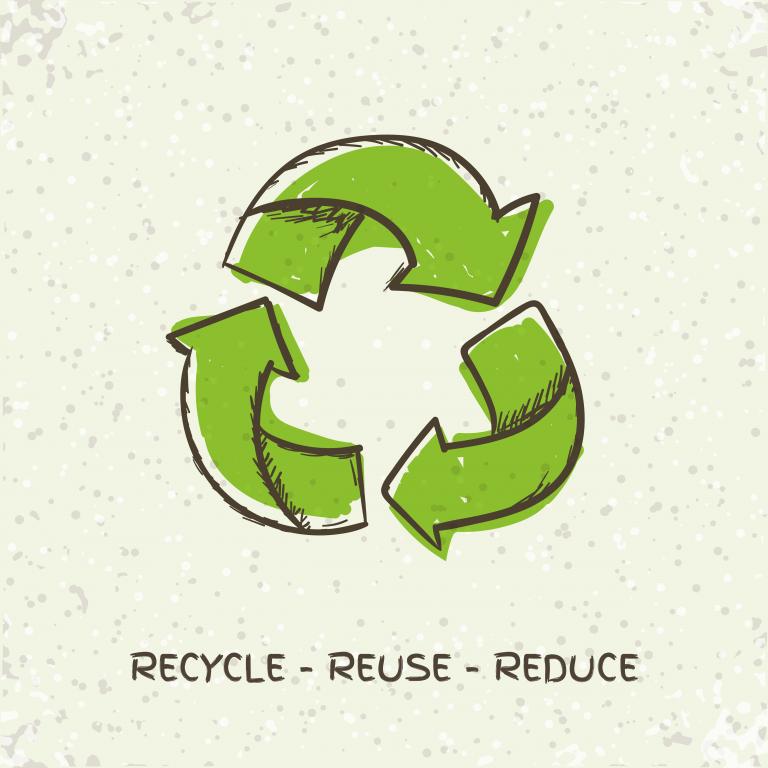
Recycle and reuse
The best gardeners have lots of bits and bobs hiding away in the corner of the shed or greenhouse. Recycling and using recycled materials is a great way to be green, reduce your carbon footprint and bring lots of character into your garden. Of course any thing that holds soil makes a good container, so why start by getting creative with your planters! You can use old yogurt pots to sow seeds and toilet roll holders are great for starting veg which need a deep rooting area, such as carrots and peas. Once in the ground protect crops from pests by dangling old cd’s or up turned pots on sticks. In winter bubble wrap is excellent insulation for your greenhouse. There are many gardening products made from environmentally friendly or recycled materials now available in our garden centres.
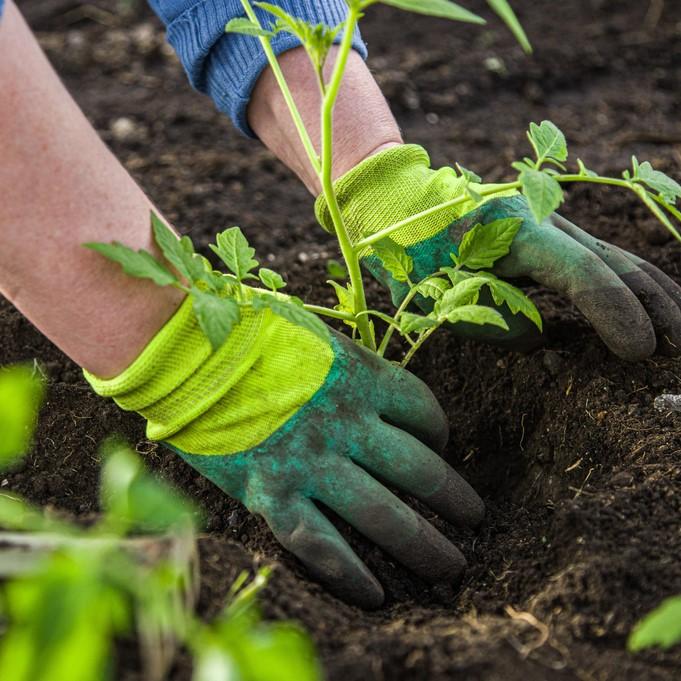
Create a natural garden
It's time to embrace your garden and grow plants suitable for your specific soil and light conditions. For example, if your garden is dry and sunny, plant drought tolerant plants and if it’s a north facing, damp garden, choose shade tolerant plants. The right plants for right conditions will create healthy, happy plants, which suffer fewer diseases and therefore will need less pesticide. Also, why not leave some parts of the garden to grow a little bit wild, mow the lawn a bit less, leave log piles and weeds as and this will encourage insects and birds.
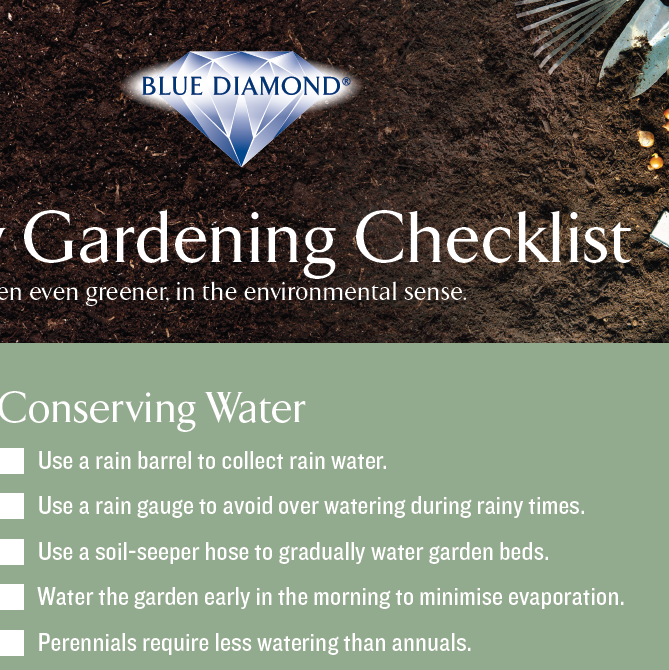
Download our FREE Eco-Friendly Gardening Checklist
Spend some quality time with your young ones in the garden over half term and go through our Eco-Friendly Gardening Checklist to see if your garden is as eco-friendly as it could be!
